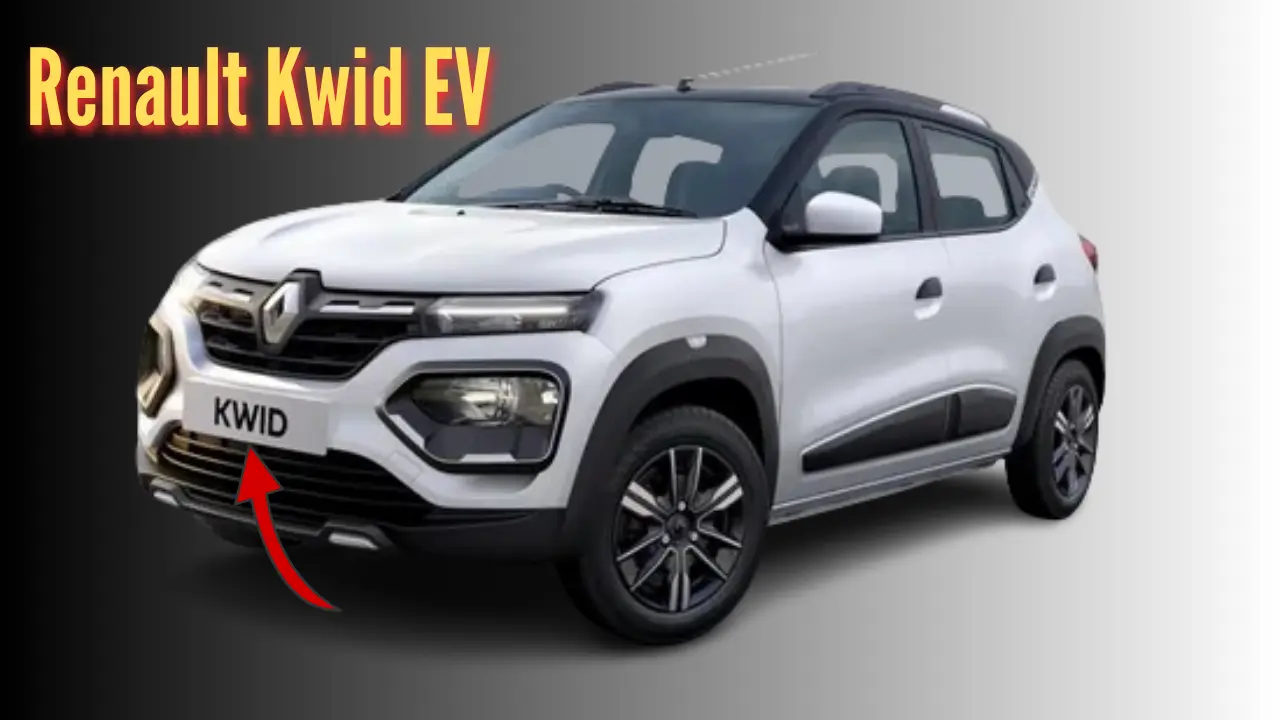Renault Kwid EV: The French automaker’s electric hatchback has been caught testing in India, promising to shake up the affordable EV space with aggressive pricing.
So, here’s the thing – Renault’s been pretty quiet on the EV front in India, but that silence just got broken in the most exciting way possible. Multiple test mules of the Kwid EV have been doing rounds across Indian roads, and honestly, it’s about time! This electric version of the beloved Kwid could very well become the most wallet-friendly four-door EV we’ve seen, giving the Tata Tiago EV some serious competition.
The timing? Chef’s kiss. India’s EV scene is absolutely buzzing right now, and people are desperately hunting for electric cars that won’t break the bank. Enter the Kwid EV – potentially the hero we didn’t know we needed.
Design and Styling
Now, if you’re expecting this to look exactly like the regular Kwid, think again. The electric version takes heavy inspiration from the Dacia Spring EV that’s been doing well globally, and the result is pretty refreshing.
The front end immediately catches your eye with those sleek LED DRLs that remind you of the new Duster – you know, that sophisticated look Renault’s been going for lately. The split headlamp setup gives it a futuristic vibe that screams “I’m electric and proud of it.”
That closed-off grille is a dead giveaway of its electric nature, while the charging port sits behind the DC logo like it was always meant to be there. The side profile keeps those distinctive squared-off wheel arches we love about the Kwid, but adds some nice touches like door side trims and proper conventional handles.
The rear is where things get interesting – those Y-shaped LED tail lights connected by a black strip with bold ‘DACIA’ lettering? Pretty slick. Add the shark-fin antenna and integrated spoiler, and you’ve got yourself a car that looks way more expensive than it probably is.
Read Also: Mahindra Scorpio-N ADAS Update Teased With Panoramic Sunroof
Interior and Features
Step inside, and you’ll be pleasantly surprised. The cabin follows that whole minimalist approach that’s trendy these days, but it actually works here. The star of the show is that 10.1-inch floating touchscreen – it’s like having a tablet mounted on your dashboard, handling pretty much everything you need.
The 7-inch digital instrument cluster complements it nicely, giving you all the essential info without overwhelming you. The dual-tone theme with black, white, and grey elements creates this surprisingly premium atmosphere. Honestly, for what’s expected to be a budget EV, the interior punches way above its weight.
Those rotary HVAC controls feel solid, the steering-mounted controls are right where you’d expect them, and USB Type-C ports mean you won’t need adapters for your modern devices. But here’s the kicker – Vehicle-to-Load capability! Your car can literally power your camping equipment or charge your laptop. How cool is that?
Performance and Range
Let’s talk numbers, shall we? The 26.8 kWh battery pack should give you around 225 km of range – not earth-shattering, but perfectly adequate for most of us who primarily drive in the city. The international version puts out 65 hp and 113 Nm of torque, which translates to a 0-100 kmph time of 13.7 seconds.
Look, it’s not going to win any drag races, but that’s not the point. This is about getting from point A to point B efficiently and affordably. The 125 kmph top speed is more than enough for Indian road conditions anyway.
Charging is where it gets practical – 7 kW AC charging for overnight top-ups at home, and a 30 kW DC fast charger that’ll take you from 20% to 80% in just 45 minutes. Perfect for those quick coffee breaks during longer trips.
Safety Features
Renault hasn’t cut corners on safety, which is refreshing to see in the budget segment. Electronic stability control, hill start assist, parking sensors front and rear, driver attention alert, rear parking camera, and tire pressure monitoring – it’s like a safety feature buffet.
The higher variants might even get ADAS features like lane keeping assist and emergency braking. If these make it to the Indian version, we’re looking at segment-first features that could really set it apart.
How It Stacks Against the Tiago EV
Here’s where it gets spicy. The Tiago EV starts at ₹7.99 lakh and offers a 24 kWh battery with 315 km range in its long-range avatar. It’s got 73.75 bhp and 114 Nm, making it slightly more powerful than what we expect from the Kwid EV.
But – and this is a big but – Renault’s ace up the sleeve could be pricing. Word on the street is that the Kwid EV might launch around ₹7-8 lakh. If they manage to hit closer to ₹7 lakh, we could be looking at India’s most affordable four-door EV. Game changer territory, really.
Plus, that 308-liter boot space compared to the Tiago EV’s 240 liters? Your family luggage will thank you.
Launch Timeline and Expectations
The crystal ball says early 2026 for the official launch, which gives Renault plenty of time to get everything just right for Indian roads and Indian wallets. With the government pushing electric mobility and charging infrastructure actually improving, the stars seem aligned.
This isn’t just another electric car launch – it’s Renault’s big bet on making electric mobility accessible to regular folks like you and me. If they nail the pricing, we might just witness the floodgates opening for more practical, affordable EVs in India.
The Kwid EV could very well be the car that finally makes electric mobility a no-brainer choice for the average Indian family. And honestly? It’s about time.
